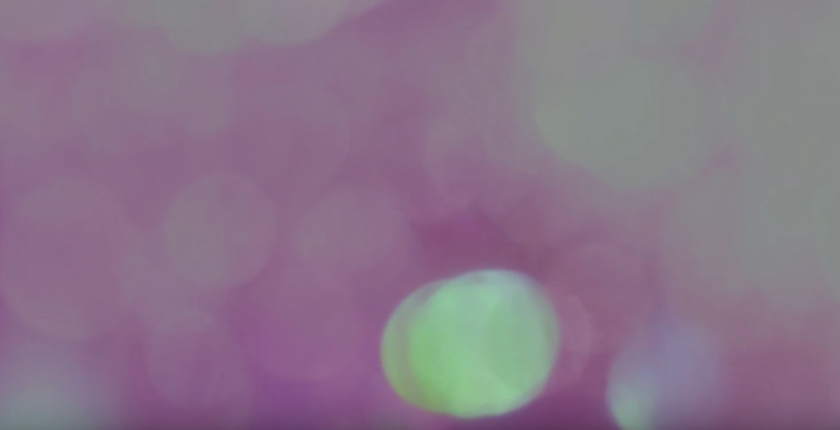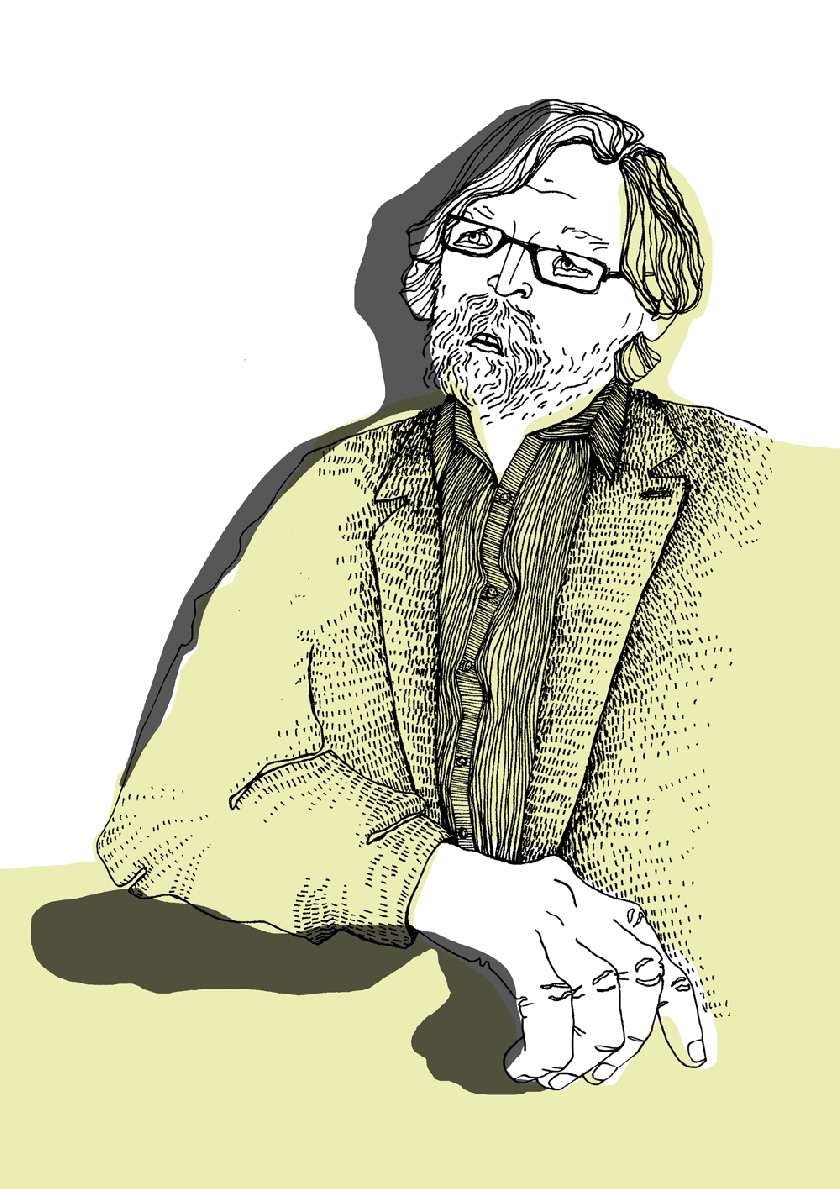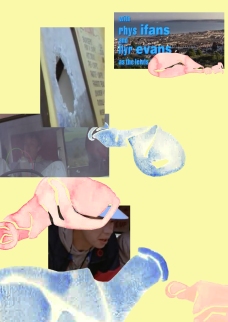Editorial Project: Plastic Bags
The first editorial project this term was to choose an article from The New York Times. I wanted to take a step away from the politics so chose one more easy going from the Opinion pages. It was called Plastic bag fees make sense, just not to Albany and it gave me inspiration of painting plastic bags with character. I used real plastic bags as my models and sketched them in many different ways with different techniques including pen, paper, glue, collage, copy machine, see through papers and so on. Since I like to practise on layout making I wanted to put together the layout design for this too. I ended up changing the design three times during the rest of the term which ended up in a result that I now am very happy with.
With the important plastic bag theme as subject and with fun and educational process work I really enjoyed this brief.
Editorial Collaboration: Boyd Clack
For the second editorial project i chose to collaborate with journalist E. Hayes. He wrote an article about a welsh actor, writer and musician named Boyd Clack. My part was to do illustrations to it and together we did the layout design. The theme of the article was youth, drug use and the movie Twin Town which Clack starred in.
I ended up with two illustrations, one portrait of Clack and one with balloons. The balloons were deflating as a symbolic of the feeling of a afterparty.
Earlier this term I attended a gif making workshop which was really exciting and i could see the use of it. I ended up developing both illustrations into gifs which can be seen in a previous post on my blog.
I am very pleased with the collaboration and I see this as a starting point for collaborating with magazines and journalists in the future. These two editorial projects has opened doors in my mind of thinking.
Open Brief: Tales Become Textiles
Pattern making is something I can see myself work with in the future and before this project it was a while ago since I made patterns, that is why I decided to do patterns as the open brief. I set up a goal to make a small collection of three different patterns. I used a Swedish folk tale as a starting point and the tale i chose was Princess Cottongrass (Tuvstarr in Swedish). Written by Helge Kjellin and illustrated by John Bauer in 1913. The original illustrations are absolutely beautiful so I wanted to do something totally different, a new version.
I printed the tale and read it over and over again, highlighted the sentences that gave me inspiration and sketched many different versions of images. This time I narrowed my tools and techniques to fine liner pen and gauche paint and the colours to black and white, this is so I could have a red thread through the project and make everything work together in the ending.
i wanted to direct my patterns to textile and that lead me up to spending time in the workshops to make experiments and samples to show. Even in this project I got to use my new skills from a open house workshop in free machine embroidery.
It was a challenge to keep the soul of the tale in the patterns but it was a fun and experimental project. I am happy with the results but I feel that I have much more do develop in this design so I will go back to it in a short future.



















 I also want to mention that I really appreciate the information, tips and talks we already have had in class about our professional futures. That is one thing I have been missing in my university in Sweden, to get some proper suggestions of how to survive after university.
I also want to mention that I really appreciate the information, tips and talks we already have had in class about our professional futures. That is one thing I have been missing in my university in Sweden, to get some proper suggestions of how to survive after university.